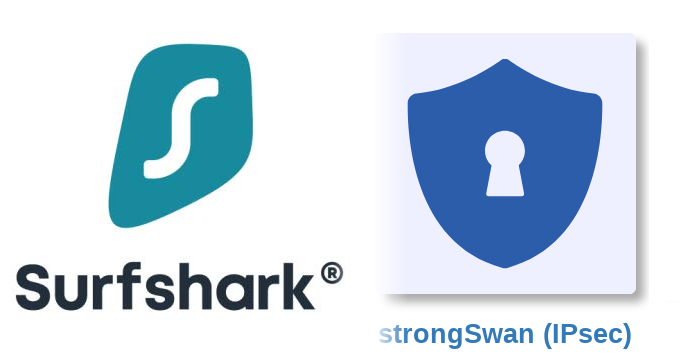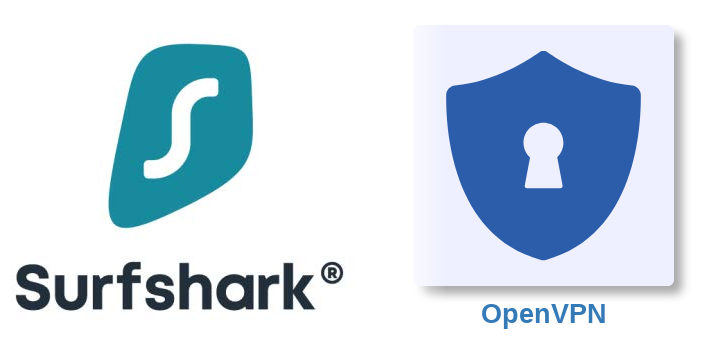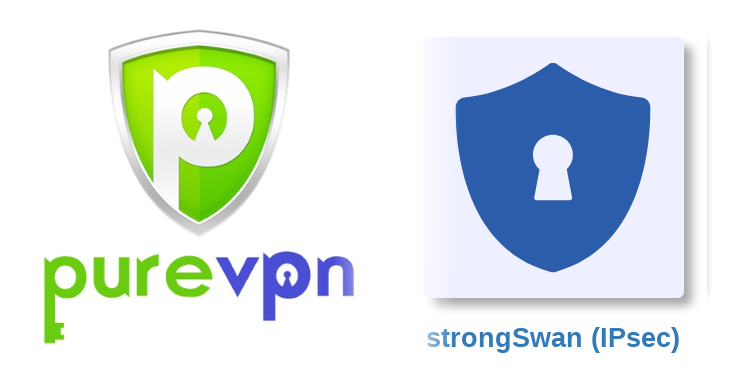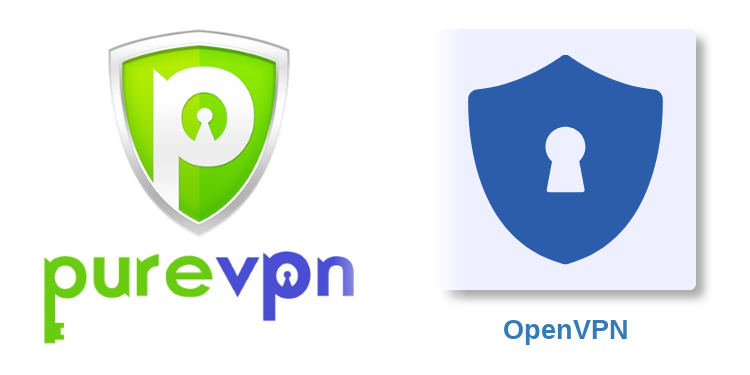Monthly Archives: April 2020
-

How to setup Surfshark VPN on the pcWRT router (IKEv2)
Posted on April 27, 2020 by pcwrt in How To, VPN.Download root CA certificate for Surfshark IKEv2 connections Log in your Surfshark account. Follow instructions for router setup to find the download link for the Surfshark IKEv2 certificate. Update 11/10/2021: It is no longer necessary to download the Surfshark IKEv2 certificate (skip to the next section). Add a Surfshark VPN IKEv2 connection Log on the […]
Continue Reading... No Comments. -

How to setup Surfshark on the pcWRT router (OpenVPN)
Posted on April 27, 2020 by pcwrt in How To, VPN.Download Surfshark OpenVPN configuration files Download Surfshark OpenVPN configuration files from here: https://api.surfshark.com/v1/server/configurations. If you are logged in your Surfshark account, you may also follow the router configuration instructions to find a recommended .ovpn file to download. Add a Surfshark connection Log on the pcWRT console, open the “OpenVPN” page under Apps. Under the Client […]
Continue Reading... No Comments. -

How to setup PureVPN on the pcWRT router (IKEv2)
Posted on April 26, 2020 by pcwrt in How To, VPN.Download root CA certificate for PureVPN IKEv2 connections PureVPN server certificates are signed by USERTrust RSA Certification Authority, so you need to download the root CA certificate from there first. Follow the link above to download the CA certificate file, or click this link to download it directly. Save the file to your computer when […]
Continue Reading... No Comments. -

How to setup PureVPN on the pcWRT router (OpenVPN)
Posted on April 26, 2020 by pcwrt in How To, VPN.Download & prepare PureVPN OpenVPN configuration files Download OpenVPN configuration files from PureVPN: https://support.purevpn.com/openvpn-files. Make sure to download the Recommended-CA2.zip file under either Android or DD-WRT. Important: you need to add this line to the .ovpn file you want to use: tls-cipher “DEFAULT:@SECLEVEL=0″. For example, if you add this line after the “key-direction 1” line, […]
Continue Reading... No Comments.



